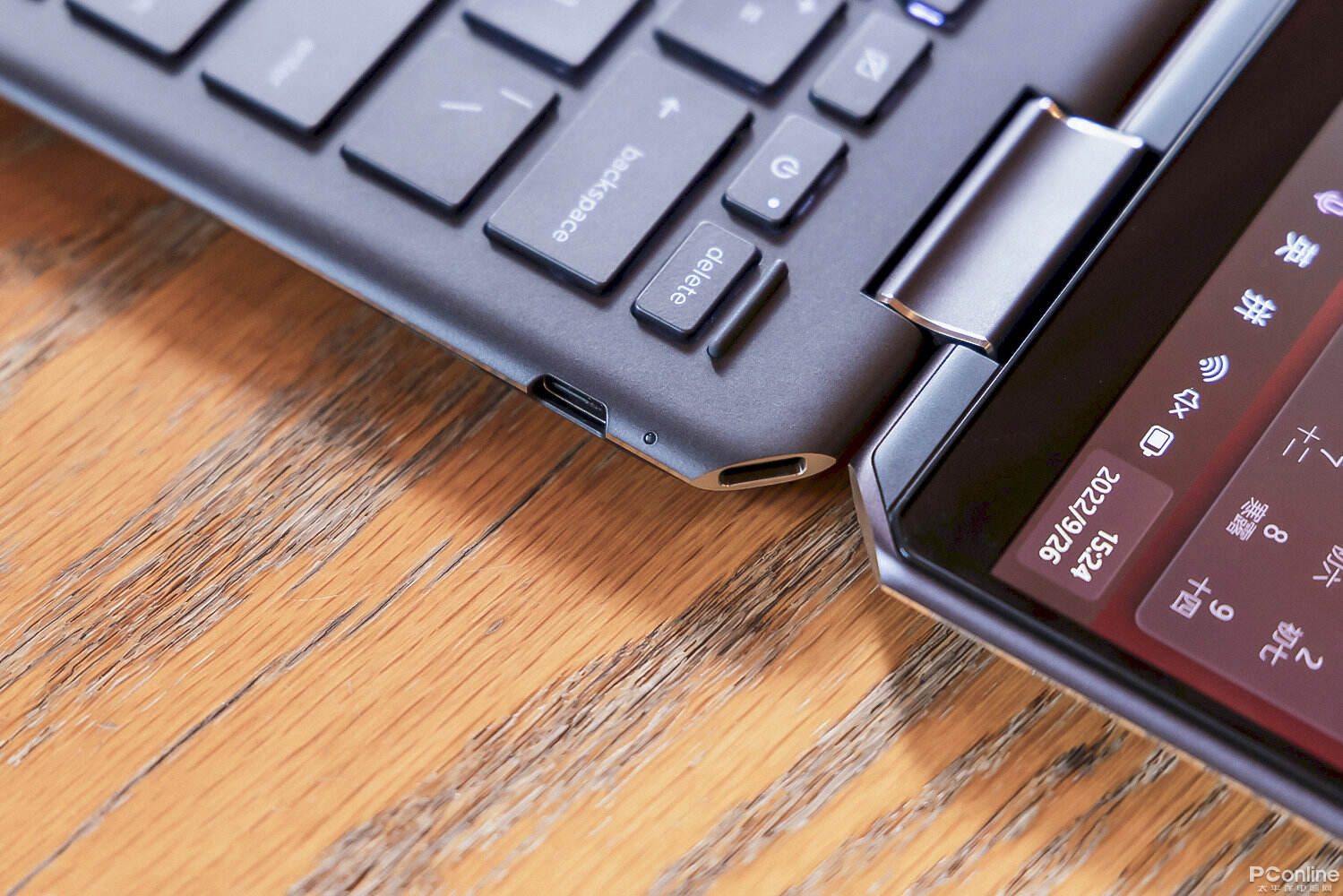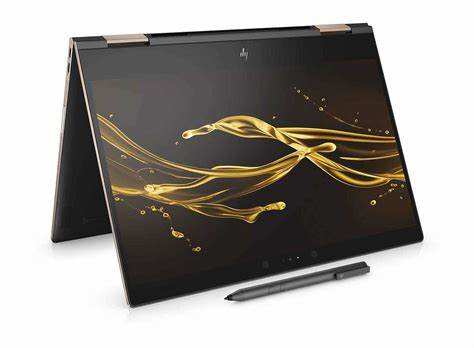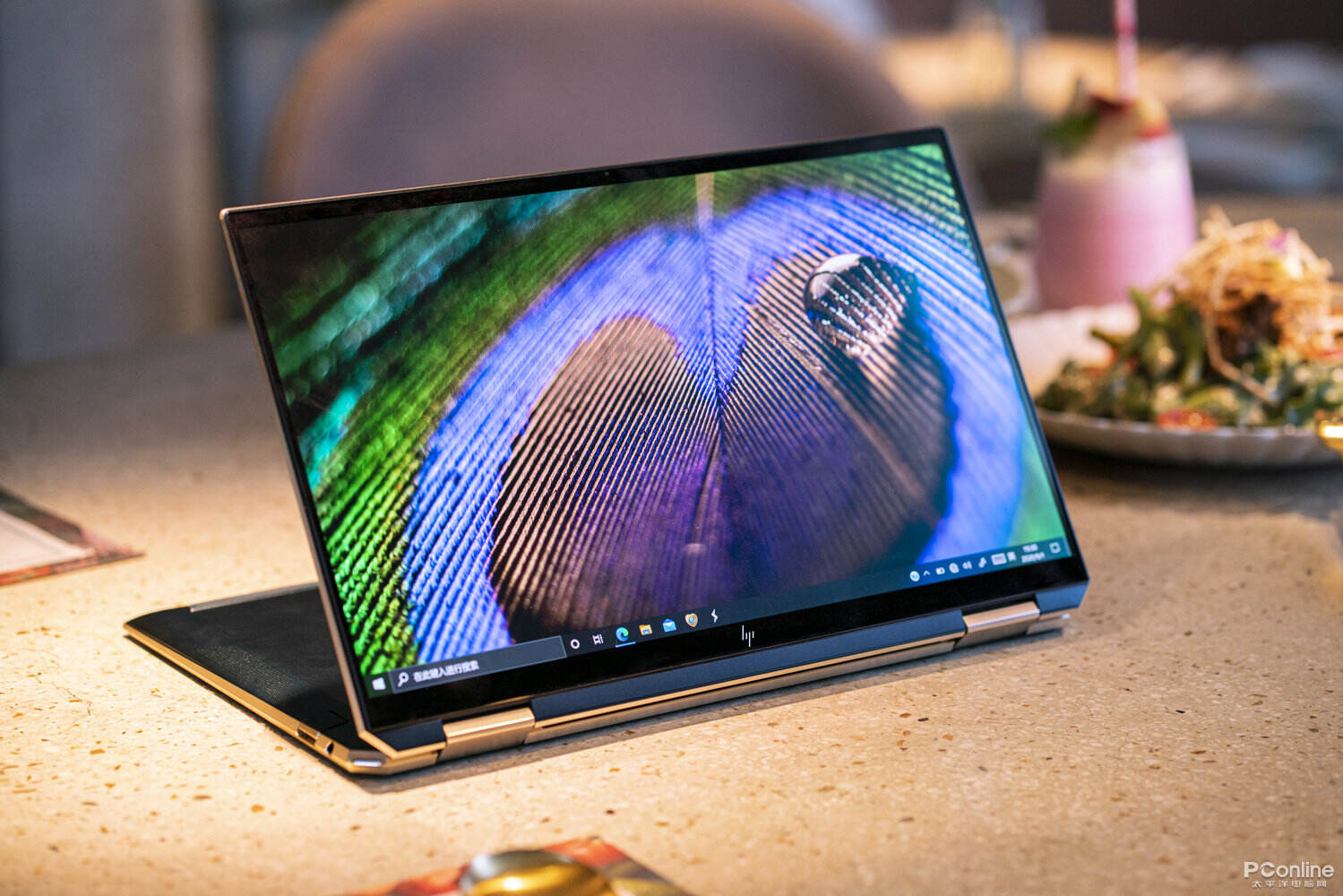A convertible laptop, also known as a 2-in-1 laptop, combines the functionality of a traditional laptop with the portability and touch-centric interaction of a tablet, offering users the flexibility to switch between different modes based on their needs. These devices feature a unique hinge design, typically a 360-degree or dual-hinge mechanism, allowing the display to be folded back completely or positioned at various angles, such as laptop mode, tablet mode, tent mode, or stand mode. This versatility makes them popular among students, professionals, and creative users who value both productivity and entertainment capabilities in a single device. Hardware-wise, convertible laptops are designed to be lightweight and compact, with most models featuring 11 to 15-inch displays. The screen is often a touch-sensitive panel, supporting multi-touch gestures and sometimes active stylus input for precise drawing or note-taking. Common display technologies include IPS for wide viewing angles, OLED for vibrant colors and deep blacks, or LCD with anti-glare coatings for outdoor use. Under the hood, they typically use low-power processors like Intel's U-series (e.g., Core i5-1235U) or AMD's Ryzen 5000 U-series (e.g., Ryzen 7 5700U), which balance performance and battery life, making them suitable for everyday tasks like web browsing, office work, and media consumption. Higher-end models may feature Intel's H-series processors or AMD Ryzen 7000 series for more demanding applications, though this can impact battery life and device thickness. Convertible laptops usually come with integrated graphics, such as Intel Iris Xe or AMD Radeon Vega, which are sufficient for casual gaming and multimedia tasks but not suitable for high-end gaming or intensive graphics work. Memory configurations range from 8GB to 32GB of LPDDR4x or DDR4, with 16GB being the sweet spot for most users, ensuring smooth multitasking. Storage is typically a solid-state drive (SSD), either SATA or NVMe, with capacities from 256GB to 2TB, providing fast boot times and quick access to files. Operating systems for convertible laptops are primarily Windows 11, which offers robust touch support and integration with features like the touch keyboard, stylus pens, and tablet mode. Some models also run Chrome OS, targeting users who rely heavily on web-based applications and value simplicity and security. The design considerations for convertible laptops include the durability of the hinge, which must withstand repeated folding without loosening or breaking, and the weight distribution to ensure comfortable handheld use in tablet mode. Many manufacturers use premium materials like aluminum or magnesium alloy for the chassis, balancing strength and lightweight construction. While convertible laptops offer great versatility, they do have some trade-offs. The 2-in-1 design can make them slightly thicker and heavier than traditional ultrabooks, and the touch screen adds cost and may reduce battery life compared to non-touch models. Additionally, the integrated graphics limit their performance for graphically intensive tasks, and the keyboard layout in laptop mode might be more compact, affecting typing comfort for some users. Despite these limitations, convertible laptops have carved out a niche in the market by catering to users who need a device that adapts to their dynamic workflows, whether it's giving a presentation in stand mode, taking notes with a stylus in tablet mode, or simply enjoying a movie in tent mode.


